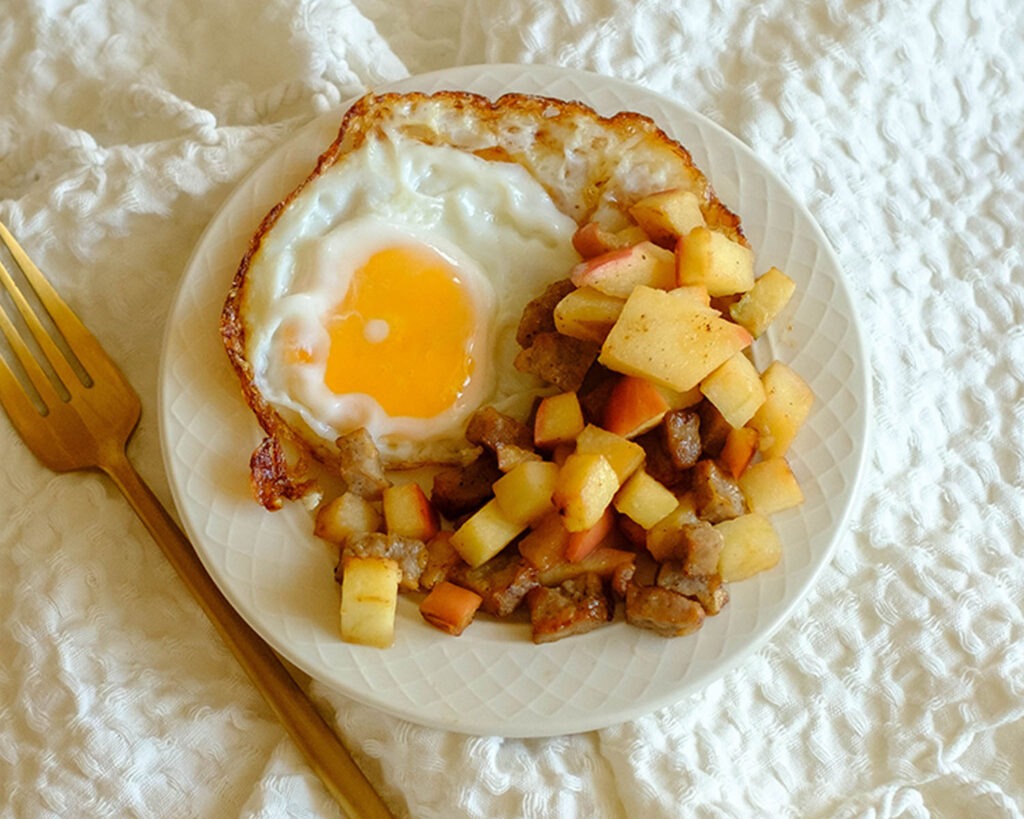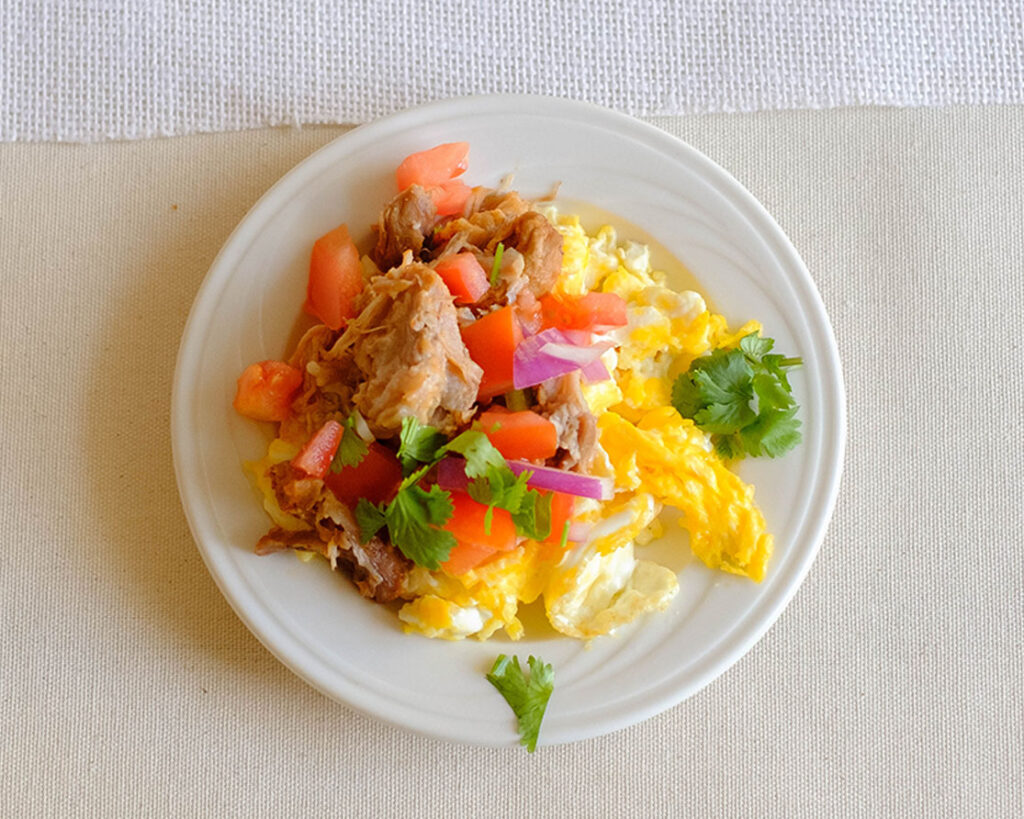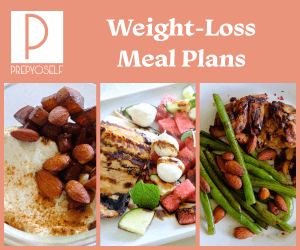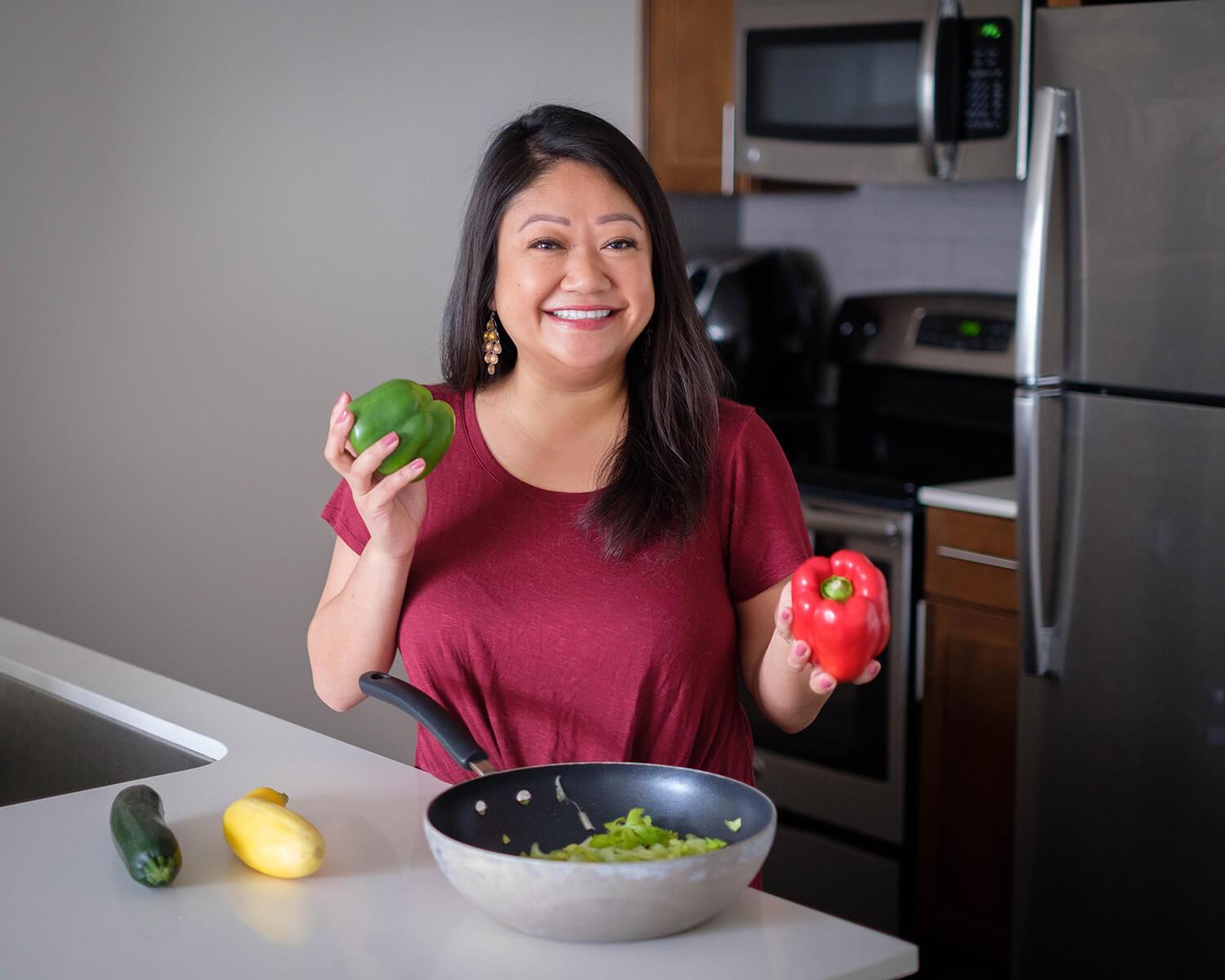Ready to crack the secret to a healthier and tastier lifestyle? Let’s talk about the incredible benefits of mastering the art of cooking eggs. We get it, the simplicity of how to cook eggs might seem overwhelming, but fear not! We’re here to sprinkle some culinary magic and arm you with meal prep hacks, tips, and techniques to become an egg-cooking pro in no time.
Benefits of Eggs
First things first, why are eggs such a superstar when it comes to your health? Well, they’re packed with protein, which is the building block of your muscles and a fantastic way to keep you feeling full and satisfied. But that’s not all – eggs are also a powerhouse of essential vitamins and minerals like vitamin B12, vitamin D, and choline, which support brain health. Plus, they’re versatile little wonders that can jazz up any meal from breakfast to dinner!
Learn Different Ways to Cook Eggs
Now, let’s tackle the egg-citing journey of turning those humble eggs into mouthwatering creations that’ll leave your taste buds dancing. Here are some egg-cellent tips and tricks to make you feel like a kitchen maestro:
Scramble with style
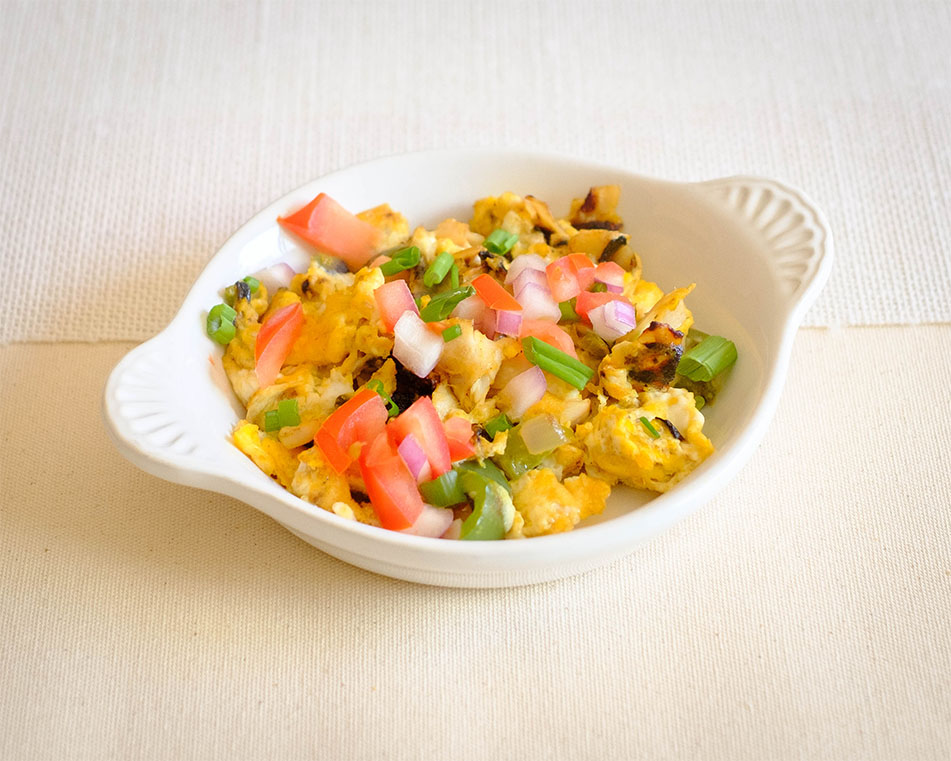
- To make scrambled eggs, you’ll need a fork to beat the eggs until it is smooth, a non-stick skillet to prevent the eggs from sticking and allow even cooking, and a spatula to gently stir the scrambled eggs.
- Let’s get started by cracking eggs into a bowl. To create the fluffiest scrambled eggs, add a splash of milk or cream, and whisk until well mixed.
- Next, heat a non-stick skillet over medium-low heat and add a bit of butter or oil.
- Pour the egg mixture into the skillet and stir gently with a spatula as they cook, until they’re softly set but still slightly runny. Season with salt and pepper. Voilà, you’ve got a velvety, dreamy plate of scrambled goodness!
Try our scrambled egg recipe: Breakfast Turkey Scramble and Veggie Scramble
Fry Eggs Like a Pro:
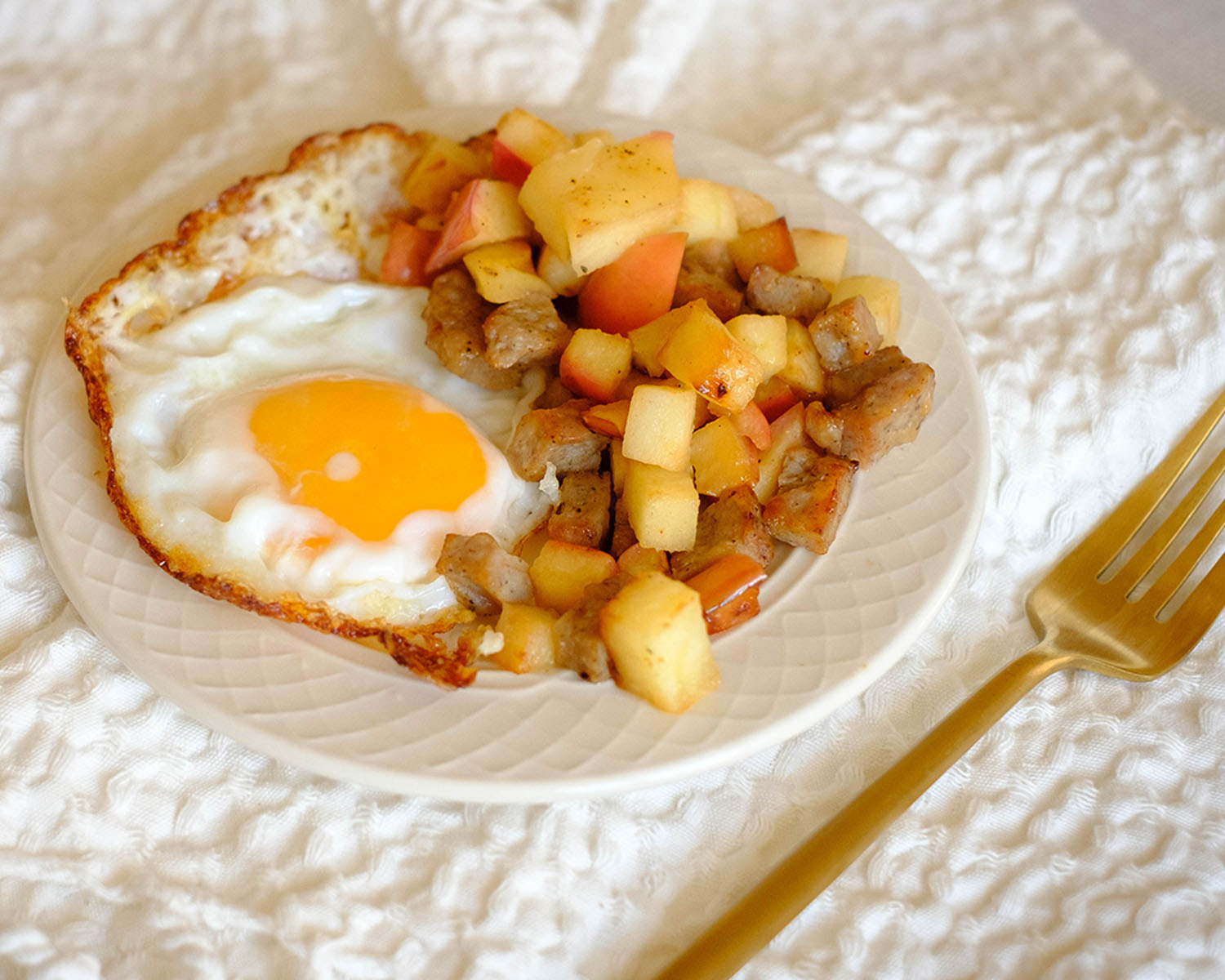
- To make fried eggs, you’ll need a non-stick skillet to provide a smooth surface for easy flipping and prevent sticking. Use a spatula for flipping and removing the eggs from the pan.
- Achieve that perfect fried egg by heating a non-stick skillet over medium heat and add a small amount of butter or oil.
- Crack an egg into the skillet and cook until the egg white is set and the edges are crispy, but the yolk is still runny for sunny-side-up. Gently flip it over and cook it for another minute or two for over-easy/over-hard, depending on how runny/hard you like your eggs.
Try our fried egg recipe: Fried Egg with Apple Sausage Hash
Beautifully Boiled Eggs:
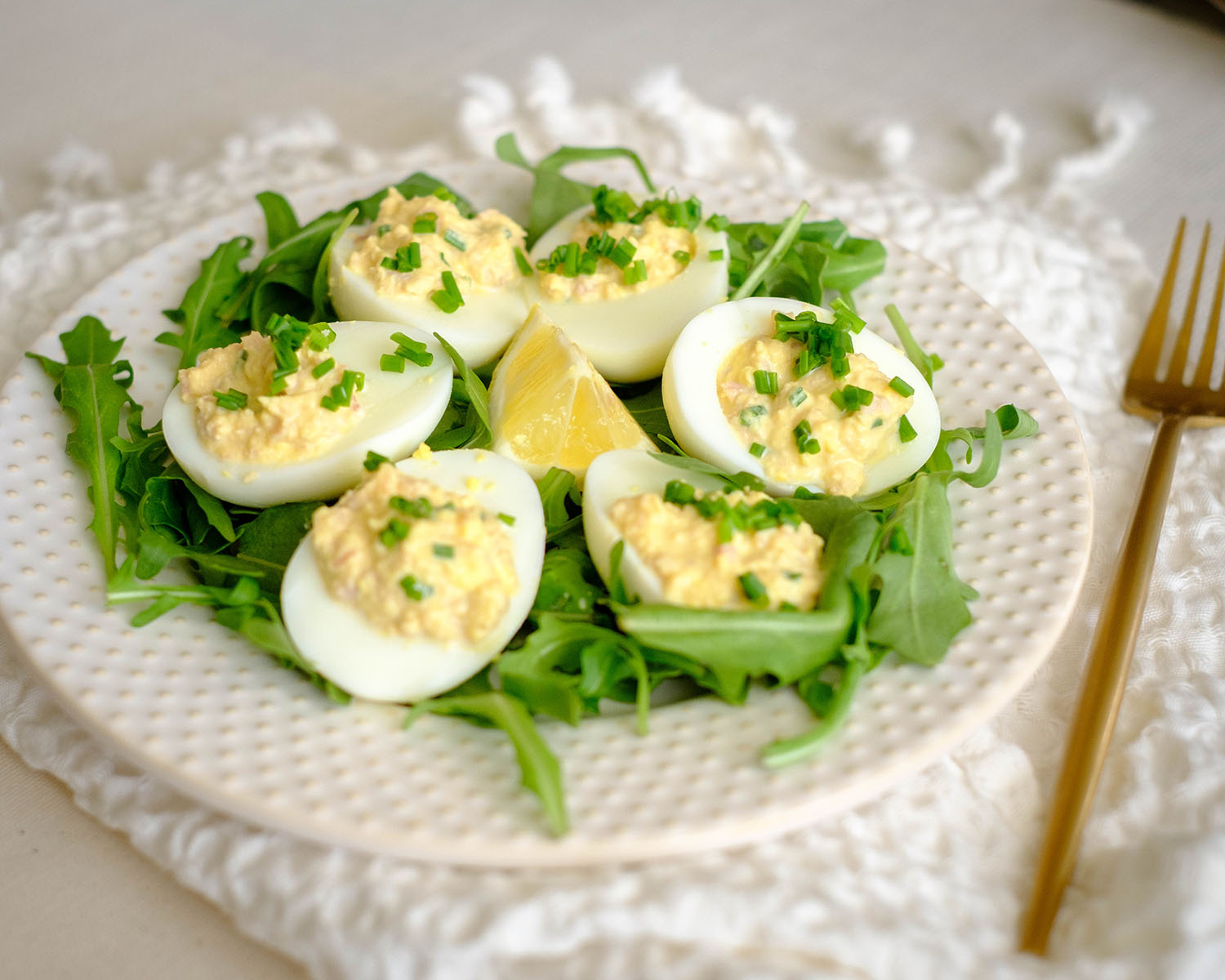
- Soft or hard, boiled eggs are a breakfast staple. Unlike the non-stick skillet that you use for scrambled or fried eggs, you’ll need a boiling pot that is deep enough to submerge the eggs. You’ll definitely want a timer to keep track of the cook time to make sure you get the desired level of doneness for the yolk. Last but not least, save a bowl of ice water to rapidly cook the boiled eggs to make them easier to peel.
- Place eggs in a single layer in a pot and cover with water.
- Bring the water to a boil, then reduce the heat to a gentle simmer.
- For soft-boiled eggs, cook for about 4-6 minutes, and for hard-boiled eggs, cook for about 9-12 minutes, depending on desired yolk consistency.
- Immediately transfer boiled eggs to ice water to stop cooking and make them easier to peel.
Try our boiled egg recipe: Tuna Stuffed Deviled Eggs
Egg Baking Brilliance:
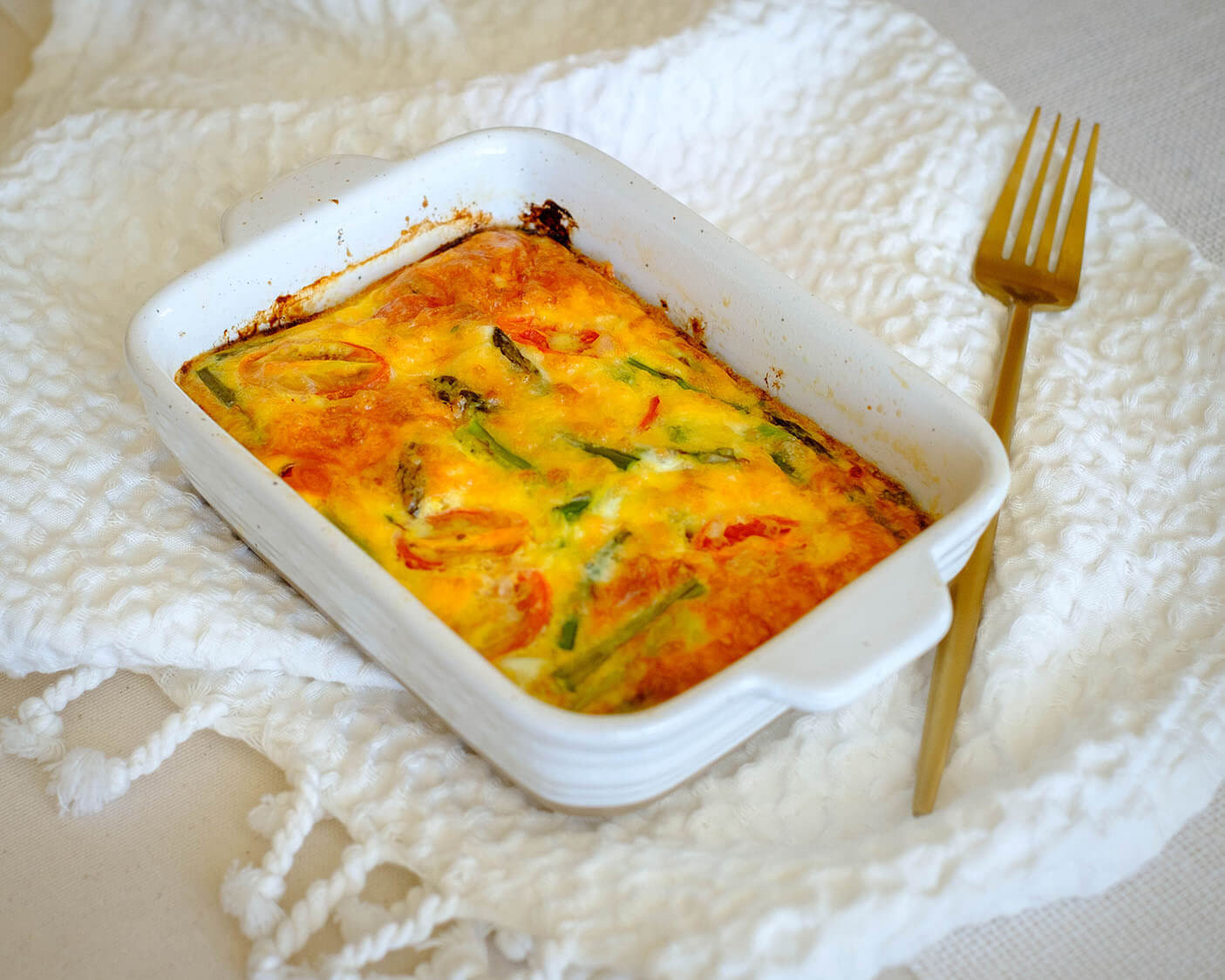
- Baked Eggs are perfect for a fuss-free brunch or even a delightful dinner. And the best part is that you can set it and forget by using an oven safe dish or even an muffin pan.
- Preheat the oven to around 400°F.
- Grease a ramekin or oven-safe dish with butter or oil.
- Crack eggs into a mixing bowl and whisk them until the egg whites and yolk are fully combined.
- Then, pour the egg mixture into the oven safe dish and optionally adding some seasoning or toppings like cheese, spinach, vegetables, or ham.
- Bake for about 10-15 minutes, or until the whites are set but the yolk is still runny.
Try our baked egg recipe: Baked Asparagus and Tomato Egg Frittata
Omelette Adventures:
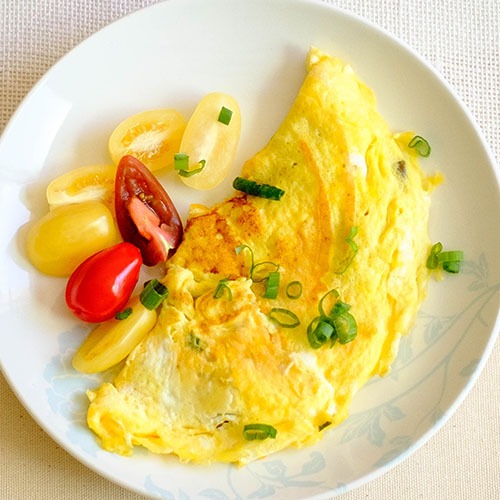
- Whisk eggs in a bowl until well combined, then season with salt and pepper.
- Heat a 6 or 8-inch non-stick skillet over medium heat and add butter or oil.
- Pour the egg mixture into the skillet, making sure it fully coats the bottom of the pan, and let it cook without stirring.
- Once the edges are set, start adding your favorite fillings such as cheese, chopped vegetables, or meats on one half of the omelette.
- Carefully fold the other half of the omelette over the fillings and cook for a bit longer until the cheese melts.
- Then sprinkle it with herbs or a dash of sriracha or your choice of hot sauce for added flavor.
Try our omelette recipe for: Easy Cheese Omelette
Remember, there’s no rush – cooking eggs can be a delightful experience, a journey of discovery in your own kitchen. Experiment with different methods, add your own flair, and make these techniques your own. Before you know it, you’ll be serving up egg-cellent dishes that are as healthy as they are delicious. So, get cracking, embrace the egg-citement, and cook up a storm!
Frequently Asked Questions
What’s the best way to store eggs for cooking?
Store eggs in their original carton in the refrigerator, preferably on a shelf rather than the door. This helps maintain a consistent temperature and prevents the eggs from absorbing strong odors.
Can I microwave eggs for cooking?
Yes! You can microwave scrambled eggs, omelettes, and even poached eggs. Just remember to use microwave-safe containers, cover to prevent splattering, and adjust the cooking time to avoid overcooking.
Why does my scrambled egg turn out rubbery sometimes?
Overcooking eggs can cause them to become rubbery. Cook scrambled eggs over low to medium heat, stirring gently and frequently, until they are just set but still slightly runny. They’ll continue to cook a bit after you remove them from the heat.

